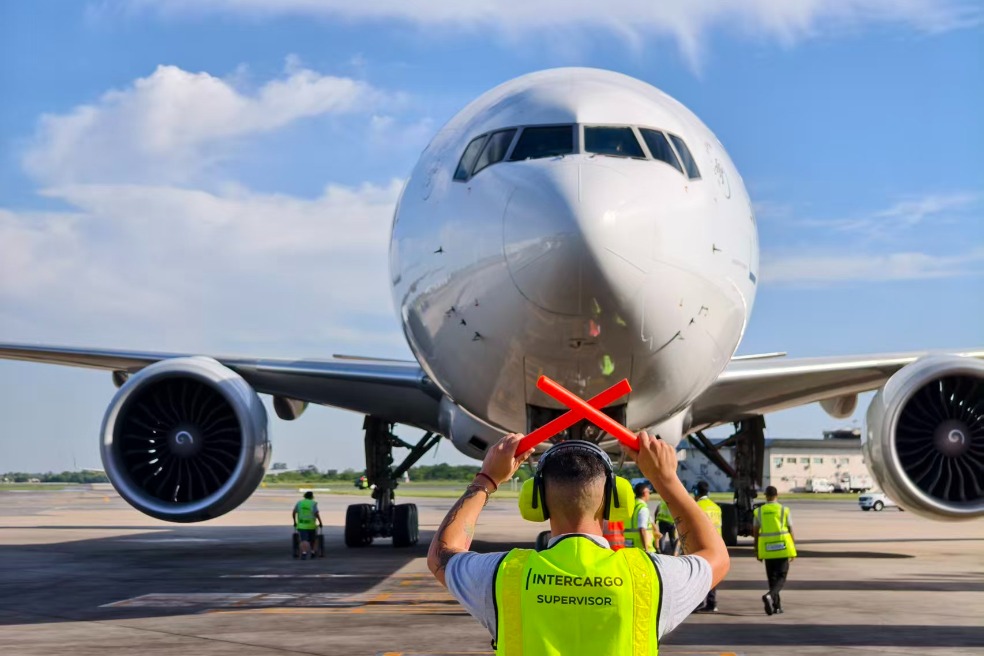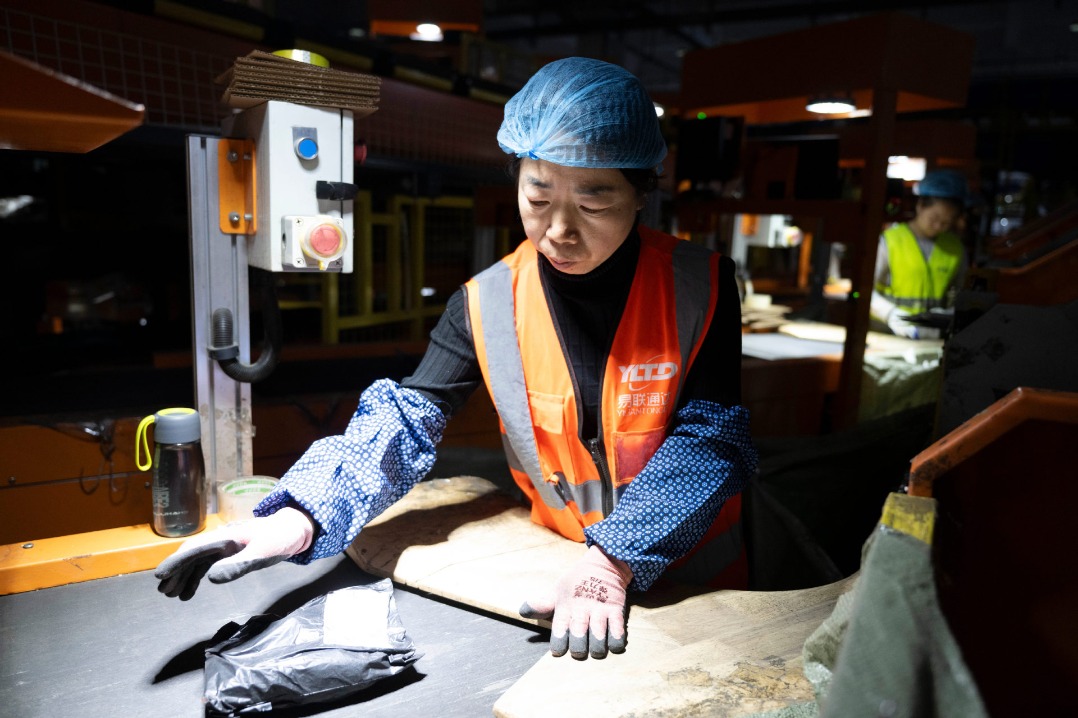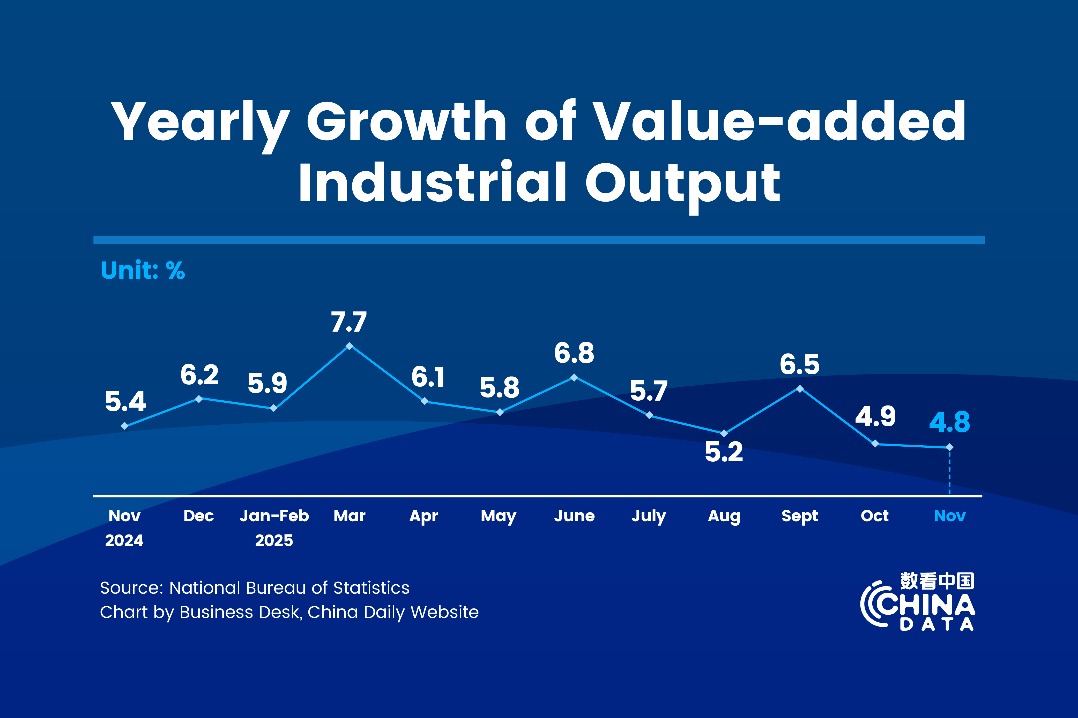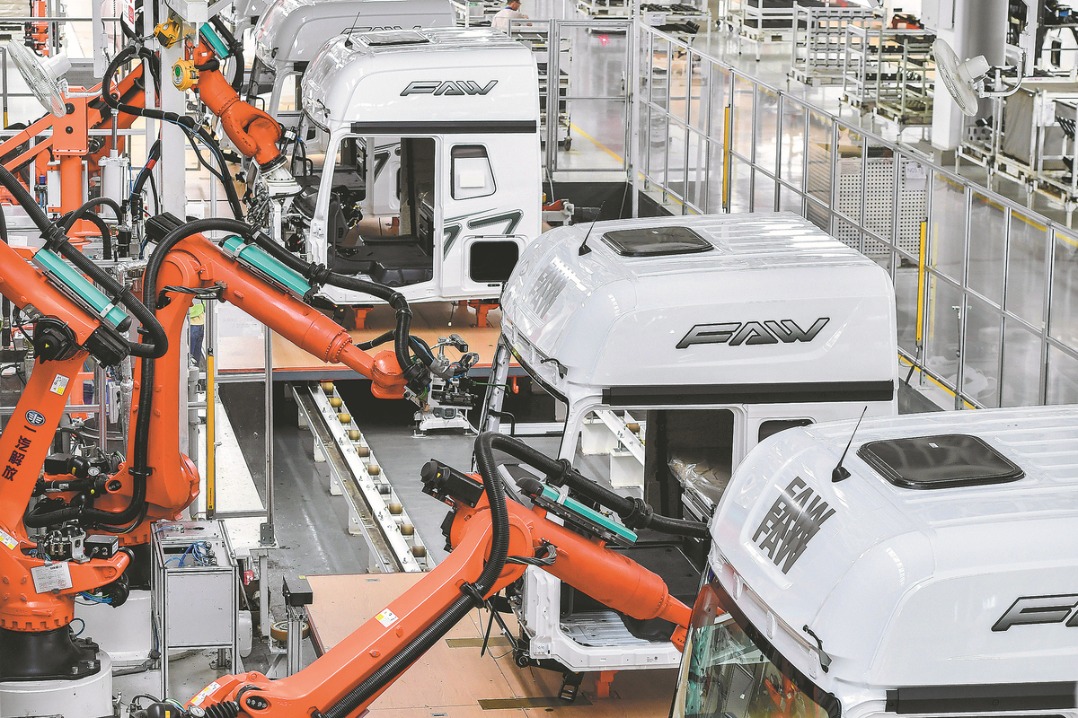Top 100 cities bolster nation's overall growth

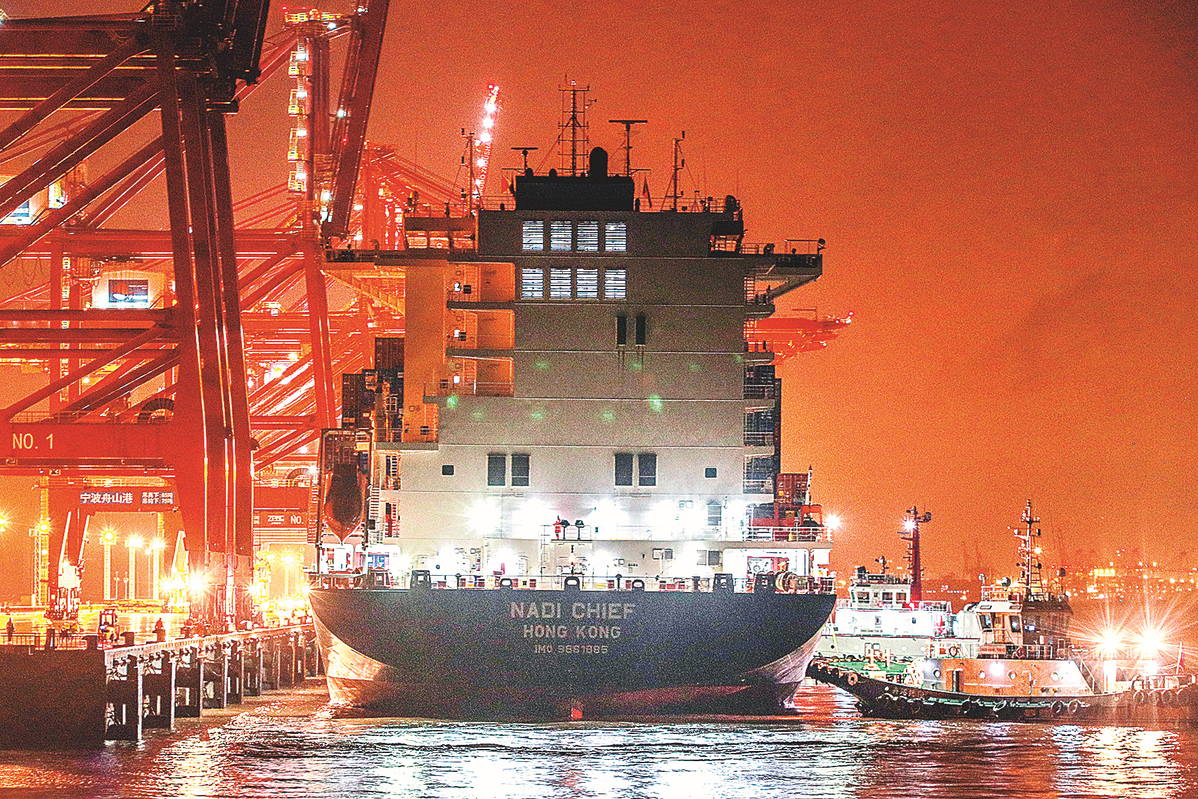
China's top 100 cities contributed around 70 percent of the country's GDP last year, playing an increasingly important role in supporting the nation's overall growth.
The cities created a combined GDP of around 80 trillion yuan ($13 trillion) in 2021, the lion's share of the nation's gross domestic product of 114.4 trillion yuan, showcasing the resilience of the Chinese economy and auguring well for the country's high-quality development over the next few years, experts said.
The top 100 list includes cities with a GDP of at least 308.3 billion yuan, up 28.12 billion yuan from the previous year.
Jiangsu province did better than all other provincial-level areas, with 13 of its cities making the list.
Shandong province was second with 11 and Guangdong province next with 10.
Yang Gangqiang, vice-president of Wuhan University's Institute of Regional and Urban-Rural Development, said the top 100 cities are mainly located in areas benefiting from major national development strategies, including Beijing, Tianjin and Hebei; the Yangtze River Economic Belt; the Yangtze River Delta region; and the Guangdong-Hong Kong-Macao Greater Bay Area.
"It indicates that the implementation of the country's major regional strategies has significantly promoted the development of the regional economy," Yang added.
He attributed the accelerated development of cities in Jiangsu, Guangdong and Shandong to their rapid transformation and upgrading as well as strong innovation-driven growth.
More efforts should be made to promote the allocation of factors of production including land, labor and technology, give full play to the crucial role of central cities and city clusters in radiating and driving the development of the surrounding cities and further deepen opening-up and regional cooperation, Yang added.
Jia Ruoxiang, director of the comprehensive research office at the National Development and Reform Commission's Institute of Spatial Planning and Regional Economy, said cities on the east coast and in the central and western regions made great strides and were a driving force in stabilizing the economy last year.
Most of the cities with robust growth have strong innovation capabilities and a modern industrial system, showcasing strong resilience and great potential, Jia said.
He added that fluctuations in energy prices and the rapid development of new energy sectors have driven up the growth of some cities, such as Erdos in the Inner Mongolia autonomous region, Yulin in Shaanxi province and Ningde in Fujian province.
Pan Helin, co-director of the Digital Economy and Financial Innovation Research Center of Zhejiang University's International Business School, said the rapid growth of some of the leading cities has been buoyed by the development of emerging manufacturing sectors and fields related to new energies. Production and development of new vaccines and other urgently needed medical supplies have also provided a boost.
The government's decision to build eight national computing hubs and 10 national data center clusters showed China is taking steps to channel more computing resources from its eastern regions to the less-developed but resource-rich western regions, he said.
The move is expected to inject impetus into the digital economy and foster more balanced development across China, Pan added.
Zheng Lei, vice-president of the Hong Kong International New Economics Research Institute, said that instead of waiting for the transfer of industries from the eastern coast, western regions should create city clusters to promote the coordinated development of a region. The Lanzhou-Xining-Tianshui city cluster in Northwest China to promote an industrial upgrade is an example of this type of construction, he said.
Despite the strong growth in 2021, experts said the Chinese economy still faces multiple challenges amid a complicated external environment and rising domestic COVID-19 cases, with policymakers expected to increase fiscal and monetary support to shore up growth this year.
Tommy Wu, lead economist at the think tank Oxford Economics, said further reductions in the reserve requirement ratio and loan prime rate are expected to support continuing growth.
















